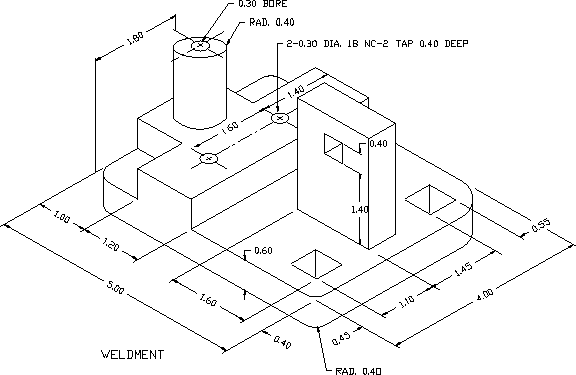
One of the most repellent parts of the public offering process was the extravagance of the ``road show''. Apparently investment bankers believe they can do their job better when consuming their firm's capital at an enormous rate on such things as first class airfares, limousines, $200 a night hotel rooms, and the like.Now that Autodesk had obtained a large wad of cash, I was concerned that we would also start to go down the same road. This was my proposal to create an incentive system to keep that from happening. This was never implemented.
By John Walker -- June 22, 1985
It sure is expensive to travel, isn't it?
Having just survived the ``road show'' phase of the public offering process, I've just been reminded of the needless extravagance the travel establishment lavishes on expense-account corporate America. If the people who were doing this traveling were paying out of their own pockets rather than ``the company's'', I'll bet that hundred dollar a night hotel rooms and fifteen dollar dinners wouldn't be long for the world. Five minutes, say.
Now every growing company, especially those who have recently gone public and now have the world looking over their shoulders and watching their margins (sales less expenses), has to issue the Obligatory Let's Control Costs Memo and some utterly confusing policy which is destined to be ignored and end up in the circular file of history.
Autodesk was built on incentives, not coercion. The way to control costs is to make it pay. Henceforth, there will be a direct financial incentive to keep costs down. Those who travel on business have to fill out travel expense reports listing the direct costs of their travel. This form will be amended to add a calculation of the ``sleaze factor'' of the trip. Sleaze factor is defined as the number of days the traveler was out of town (one for day trips), divided by the money spent on the trip, exclusive of air transportation.
The accounting department will keep track of the cumulative sleaze factor for all people who travel. At the end of each month, the traveler with the highest sleaze factor (who therefore cost the company the least per day on the road) will receive a bonus in the next paycheck of $200.
At the end of the fiscal year (January 31), the employee with the highest yearly sleaze factor will receive a bonus of $2500 in the next paycheck.
In addition, the person who turns in the lowest cost per day will be honoured at the next monthly meeting and presented the Autodesk Sleazy Motel Roach Hammer Award.
This award program is not totally fair. But then life isn't totally fair. Somebody who goes to New York repeatedly will tend to run up bills higher than one who frequents Akron. But then some say that New York is its own reward. But in any case, the point of all of this is to reward those who treat the company's money as if it was their own. It is, you know. Everybody here owns the company, either directly or as the holder of a stock option. If we keep the costs down and consistently turn in results that meet or beat the expectations of the outside world, we can see the value of our company increase by a factor of 10 to 20 over the next five years. That is the goal, and if we achieve it, we will all be able to share the rewards of our work and the prestige of the company that we built together.
This notorious drawing was pulled from our sample drawings disc because it faked, by laborious manual methods, various features that would have been nice in the package but weren't there. Some of them still aren't in Release 9. The drawing was originally made by Peter Barnett in 1984, and was intended to illustrate the isometric grid and snap features in AutoCAD 2.0. The isometric dimensions were all hand-drawn, and the ellipses were made by differentially scaling a block containing a circle.

Editor: John Walker